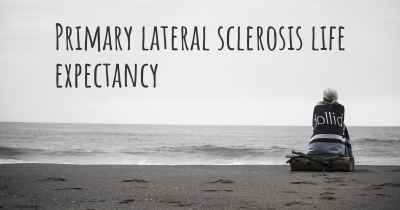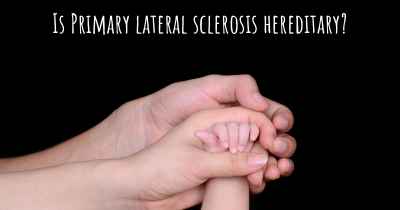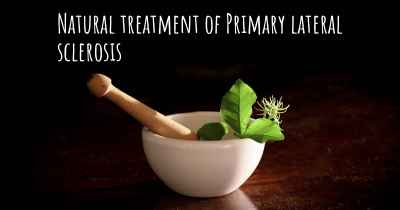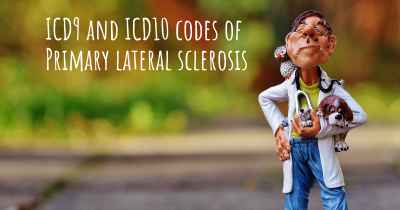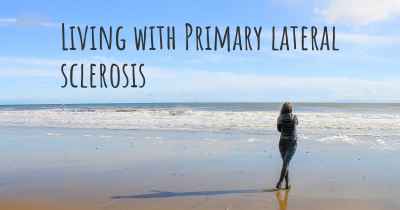Is it easy to find a partner and/or maintain relationship when you have Primary lateral sclerosis?
People with experience in Primary lateral sclerosis give their opinion on whether it is easy or not to have a partner or to maintain a realationship when you are diagnosed of Primary lateral sclerosis. What are the possible difficulties in having a relationship?
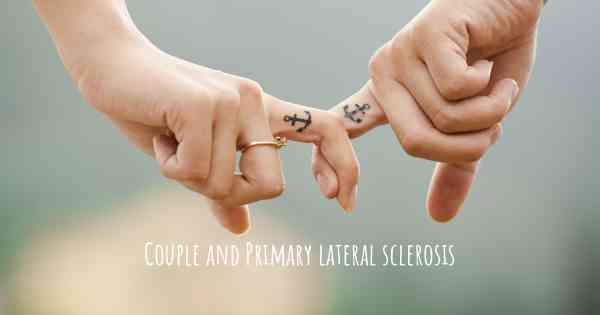
Is it easy to find a partner and/or maintain a relationship when you have Primary Lateral Sclerosis?
Primary Lateral Sclerosis (PLS) is a rare neurological condition that affects the motor neurons in the brain and spinal cord. It primarily leads to muscle weakness and stiffness, making it challenging for individuals with PLS to perform everyday tasks. When it comes to finding a partner and maintaining a relationship, having PLS can present unique challenges, but it does not necessarily mean that it is impossible or difficult.
Finding a Partner:
While having PLS may limit physical abilities, it does not diminish one's capacity for love, companionship, and emotional connection. The key to finding a partner lies in focusing on shared interests, values, and emotional compatibility rather than solely on physical abilities. Engaging in activities that align with personal interests can increase the chances of meeting like-minded individuals who may be more understanding and accepting of the challenges posed by PLS.
Communication:
Open and honest communication is crucial in any relationship, and this is especially true when one partner has PLS. It is important to have conversations about the condition, its impact on daily life, and any specific needs or accommodations that may be required. This allows both partners to have a clear understanding of what to expect and how to support each other.
Adaptability and Flexibility:
Living with PLS often requires adaptability and flexibility in daily routines. It is essential for both partners to be understanding and patient with each other. The non-affected partner may need to take on additional responsibilities or provide physical assistance when necessary. Building a strong foundation of trust and support can help navigate the challenges that may arise.
Seeking Support:
Joining support groups or seeking counseling can be beneficial for both individuals in a relationship. Support groups provide an opportunity to connect with others who are going through similar experiences, share advice, and gain emotional support. Couples counseling can also help strengthen the relationship by providing a safe space to address concerns, improve communication, and develop coping strategies.
Independence and Self-Care:
While having a partner can provide invaluable support, it is equally important for individuals with PLS to maintain their independence and prioritize self-care. This includes engaging in activities that bring joy, pursuing personal goals, and taking care of physical and mental well-being. By nurturing their own needs, individuals with PLS can contribute positively to the relationship.
Conclusion:
While having Primary Lateral Sclerosis may present unique challenges in finding a partner and maintaining a relationship, it is certainly possible to have a fulfilling and loving partnership. Open communication, adaptability, seeking support, and prioritizing self-care are key elements in navigating the complexities of a relationship when one partner has PLS. With understanding, patience, and a strong emotional connection, individuals with PLS can find and maintain meaningful relationships.
